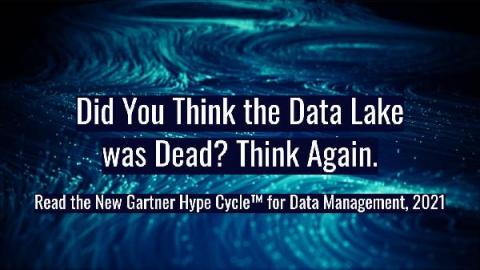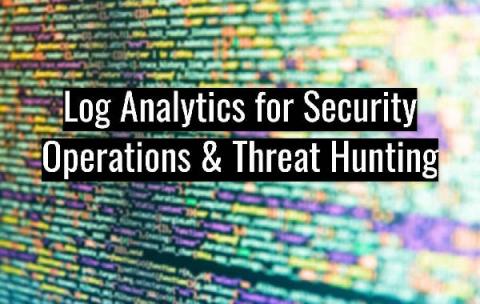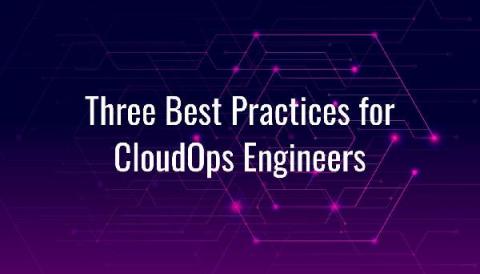Unlocking Data Literacy Part 1: How to Set Up a Data Analytics Practice That Works for Your People
Does your team know how to use data analytics to their advantage? For the vast majority of companies, the answer may be “no.” According to Accenture, only 21% of people are confident in their data literacy skills, and just 32% of companies have realized tangible, measurable value from their data. While the definition of data literacy varies depending on who you ask, at its core, the term means equipping anyone in your organization to know how to use data in a business context.











